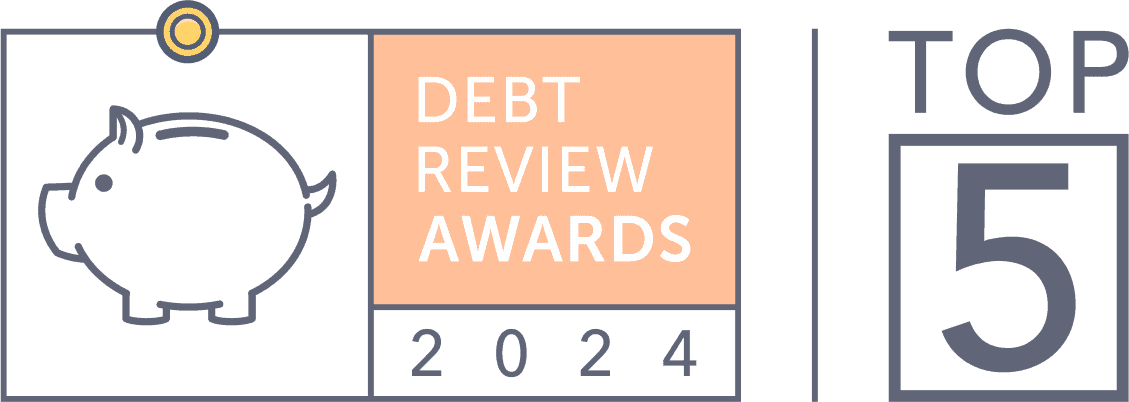
How To Get Out Of Debt: A Comprehensive Guide for South Africans
Debt can be a significant burden, especially in today's challenging economic climate. In South Africa, where many are grappling with financial obligations, finding effective ways to get out of debt is crucial. This guide will explore the Debt Snowball Effect and provide practical tips on how to manage and eliminate debt.
Understanding the Debt Snowball Effect
The Debt Snowball Effect is a debt reduction strategy where you pay off debts in order of smallest to largest, gaining momentum as each balance is paid off. This method is akin to a snowball rolling downhill, growing in size and speed.
In South Africa's Debt Counselling industry, this approach is often used, focusing on settling smaller accounts or those with higher interest first. Once an account is settled, its instalment is redirected to another account, maintaining the same monthly payment amount until all debt is cleared. This strategy not only simplifies debt repayment but also provides psychological wins as each debt is paid off.
Implementing the Debt Snowball Method to Get Out of Debt
Debt Counselling has been around for many years, helping struggling consumers overcome the nightmares debt can cause. The answer to how to get out of debt is an easy one, what we have found is that having a strict budget and sticking to it is a crucial step.
To successfully implement the snowball method and get out of debt, one must have a structured budget. Adhering to a budget is a critical step in managing finances. By analyzing spending habits, you can identify areas for cost-saving, even if it’s a modest amount like R500 per month. This could involve reducing data usage, cutting back on fast foods, or changing bank accounts.
The Impact of Small Savings
One might wonder if saving a small amount like R500 is sufficient to impact overall debt. However, in the debt settlement process, every little bit counts. This additional R500 can accelerate the debt snowball effect, freeing up more resources to tackle larger debts. When applied consistently, this extra amount can lead to significant savings on interest and fees.
How to Get Out of Debt - A Step-by-Step Plan
Here is an example of how to settle R30 000 of debt within two years.
In this example a consumer has the following accounts:
- Woolworths account with R2000 outstanding and a minimum repayment of R200 monthly
- Game account with R3000 outstanding and a minimum payment of R300 monthly
- FNB credit card with R10 000 outstanding and a minimum payment of R300 monthly
- Discovery credit card with R15 000 outstanding and a minimum payment of R500 monthly
For illustrative purposes and to explain this in an easier way, we will not include the monthly NCA fees of R69 or interest. Make sure about your fees and interest payments and include them in your own "get out of debt snowball plan"
Months 1 to 3: Focus on the smallest debt. In this case the Woolies account with R2,000 outstanding. Increase the monthly payment from R200 to R700 by adding the extra R500 from your budget. The account should be settled within three months. Immediately close the account to avoid future spend.
Months 4 to 6: Next, tackle the Game account with R3,000 outstanding. Allocate the now extra R700 from the Woolies account to this account. In three months, this debt will be cleared. Again, close the account to prevent recurring debt.
Months 7 to 14: With store accounts settled, focus on credit card debts. For example, a credit card with R10,000 debt can now receive R1,300 monthly (R1,000 from the Game account plus the original payment). This approach will clear the debt in about eight months.
Months 15 to 23: Apply the same strategy to your next credit card. For instance, the payments from the previous credit card can be used to increase payments on a Discovery card with R15,000 debt, settling it in another eight to nine months.
Month 24: Celebrate, you are now debt free!
Staying Debt-Free
By following these steps and committing to an extra R500 monthly, South Africans can effectively manage and get out of debt. It's essential to remember that this plan requires discipline and consistency. If you find it challenging to adhere to this plan or struggle with monthly debt payments, seeking professional Debt Counselling help, could be a beneficial step.
Debt Counselling services, like those offered at Sandton Debt Counselling, can assist in reducing monthly instalments and interest rates, further aiding in debt management. They provide essential guidance in setting up a budget and offer support in navigating towards a debt-free life.
Additional Tips on How to Get Out of Debt
- Emergency Fund: Start building an emergency fund. This will help avoid falling back into debt in case of unexpected expenses.
- Cutting Costs: Review your monthly expenses and identify areas where you can cut costs, such as entertainment, utilities, and groceries.
- Extra Income: Consider ways to generate extra income, such as a part-time job or freelance work, to accelerate debt repayment.
- Financial Education: Educate yourself on financial management. Understanding how to manage money effectively is crucial in staying out of debt.
Final Thoughts
To get out of debt is a journey that requires commitment, discipline, and a strategic approach. By utilizing methods like the Debt Snowball Effect, adhering to a strict budget, and seeking professional advice when needed, South Africans can overcome the burden of debt and move towards a more financially secure future. Remember, every step taken towards paying off debt is a step closer to financial freedom.
